- Revenue Cycle Management
- COVID-19
- Reimbursement
- Diabetes Awareness Month
- Risk Management
- Patient Retention
- Staffing
- Medical Economics® 100th Anniversary
- Coding and documentation
- Business of Endocrinology
- Telehealth
- Physicians Financial News
- Cybersecurity
- Cardiovascular Clinical Consult
- Locum Tenens, brought to you by LocumLife®
- Weight Management
- Business of Women's Health
- Practice Efficiency
- Finance and Wealth
- EHRs
- Remote Patient Monitoring
- Sponsored Webinars
- Medical Technology
- Billing and collections
- Acute Pain Management
- Exclusive Content
- Value-based Care
- Business of Pediatrics
- Concierge Medicine 2.0 by Castle Connolly Private Health Partners
- Practice Growth
- Concierge Medicine
- Business of Cardiology
- Implementing the Topcon Ocular Telehealth Platform
- Malpractice
- Influenza
- Sexual Health
- Chronic Conditions
- Technology
- Legal and Policy
- Money
- Opinion
- Vaccines
- Practice Management
- Patient Relations
- Careers
Ulrich on the Volga
The small towns on the river Volga that circle Moscow to the North East have been called the Golden Ring. Merchants on the river accumulated, and demonstrated, more wealth even than the country's landed gentry, and they did so by building their own churches.
Photography by the authors
The small towns on the river Volga that circle Moscow to the North East have been called the Golden Ring. Trade during the Middle Ages was Europe’s entry into Russia and the river was where the money came in. The merchants on the river from the 11th to the 14th centuries accumulated, and demonstrated, more wealth even than the country’s landed gentry.
One way the merchants could show their wealth -- ostentatiously but that made it even better -- was to build their own church. The real benefit to them was that the Russian Church then, as perhaps even now, encouraged the rich to believe you could buy your way into Heaven.
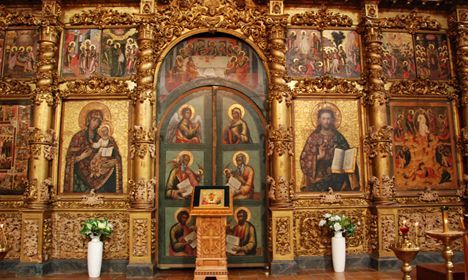
Perhaps tongue-in-cheek, Wikipedia says in masterly under-statement, “These ancient towns… played a significant role in the formation of the Russian Orthodox Church.” And how! Russia had more than 100,000 churches at one time, actually until the Russian Revolution destroyed many of them. There are still plenty to discover. Without its churches Russia might well be a colorless destination. Even ones with drab exteriors have icons hanging on their walls that almost overpower church visitors.

So when we tie down our Viking River Cruises boat that will be our home for the next two weeks it’s no surprise to find in front of us a church put together like a gingerbread house, the Church of St. Demetrius on Blood. It is named after Dimitri Ivanovich, the son of Ivan the Terrible who in 1584, at the age of two, had been exiled to Ulrich on the death of his father. But at the age of ten he represented the last in the Rurik dynasty and was surely a threat to ambitious men.
When he was found with his throat cut in 1591, the authorities documented the death as “an accident.” The Romanov tsars canonized the boy, built the church in his memory 100 years later on the spot where he died, and ultimately made Ulrich a place of pilgrimage.
The expression “Church on Blood” is a term for any Russian church built on the site where a member of royalty had been murdered. Three particularly poignant churches so named exist in Russia: this one, then the one commemorating the murder of Alexander II and another the murder of Nicholas II and his family.
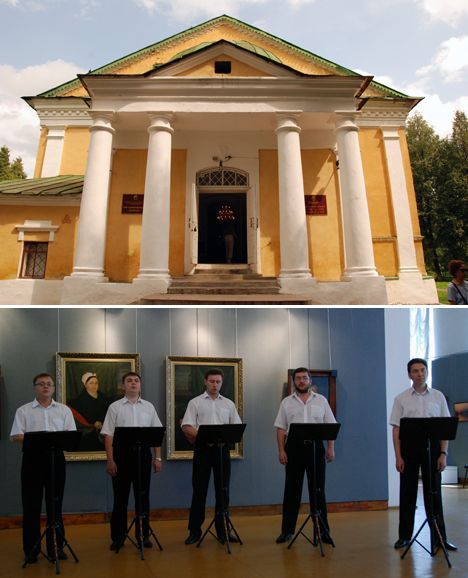
This raises the thought that a trip to Russia may be expensive and to keep it from being incomprehensible as well, visitors need to do their homework before they arrive. The 50 years or so when Ivan IV reigned in Russia, for example, are well documented but what was going on before Russia’s Time of Troubles will be hard for Americans to understand if they haven’t read some history before they come.
The Viking guides on the river boats do speak English but perhaps passengers would enjoy their cruise more if they read some of the history in their guidebooks first. Young Dimitri lived his short life in the Palace, now a museum, where a choral group entertained us.
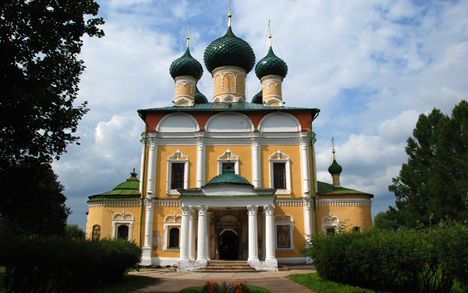
The Cathedral of Christ’s Resurrection with its brightly fresh-painted yellow ochre walls and green tiled domes, its three stories and its vaulted ceiling -- and an ancient history to boot — contrasts with the stark Federovskaya Church, a monastery that was built more recently in 1818. This latter church with its peeling murals sadly needs restoration.
Scaffolding perches on both the exterior and interior walls. A teenager sits inside with a bag to welcome donations from visitors and seems particularly excited to be given dollars because we don’t have any local currency. We wondered if he would slip the dollars into his pocket but he stares us out and smiles when we turn away.
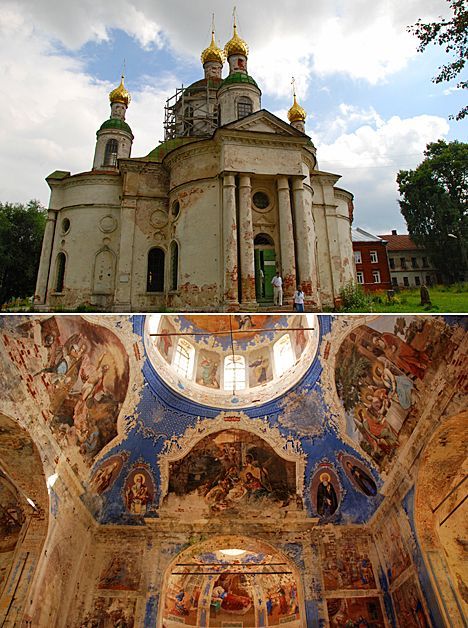
A friend who had been to Russia before told us we would see churches. She got that right. They come in all states of repair because the Bolshevik revolution destroyed so many. Some stand neglected side by side, their names forgotten. Others next door are as bright as a new penny.
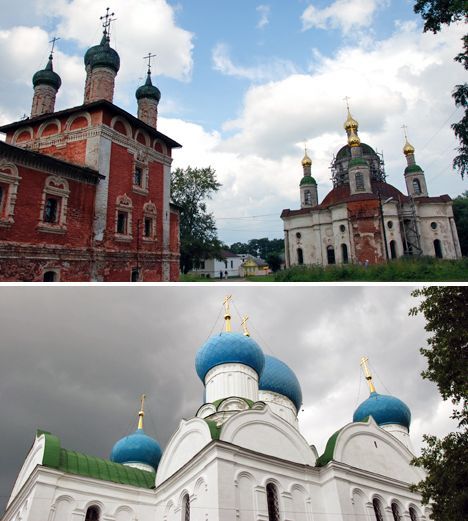
As we walk back to our river boat subdued by the wanton neglect of such beautiful churches we pass two attractive women singing Russian songs. Fellow passengers ask us as we go with them, “Know what they were singing?”

We shake our heads.
They reply “It was ‘From Russia With Love’ and they were eying you, Eric!” Wow!
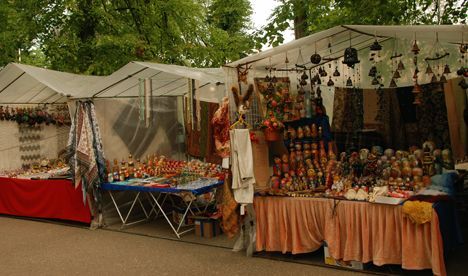
We return down the path along the river bank where locals are selling souvenirs. We now know their wares, though not fancy, are a lot less expensive than what was on sale in town. And now we do have local currency. Ahead is our ship and afternoon tea awaits. Life doesn’t get much better.

The Andersons, who live in San Diego, are the resident travel & cruise columnists for Physician's Money Digest. Nancy is a former nursing educator, Eric a retired MD. The one-time president of the New Hampshire Academy of Family Practice, Eric is the only physician in the American Society of Travel Writers. He has also written five books, the last called The Man Who Cried Orange: Stories from a Doctor's Life.
